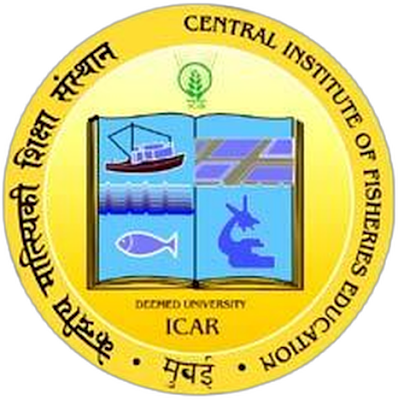NATIONAL INSTITUTE OF PLANT HEALTH MANAGEMENT

NATIONAL INSTITUTE OF PLANT HEALTH MANAGEMENT The green circular pictorial emblem of National Institute of Plant Health Management (NIPHM) has a white plant placed inside a green circle supported by its acronym in Devanagari and English at the bottom. The emblem is simple, easy to understand and attractive. The colour green symbolises agriculture, nature, growth, balance, harmony, environment, prosperity, vitality, prestige, wealth and being very down to earth.




